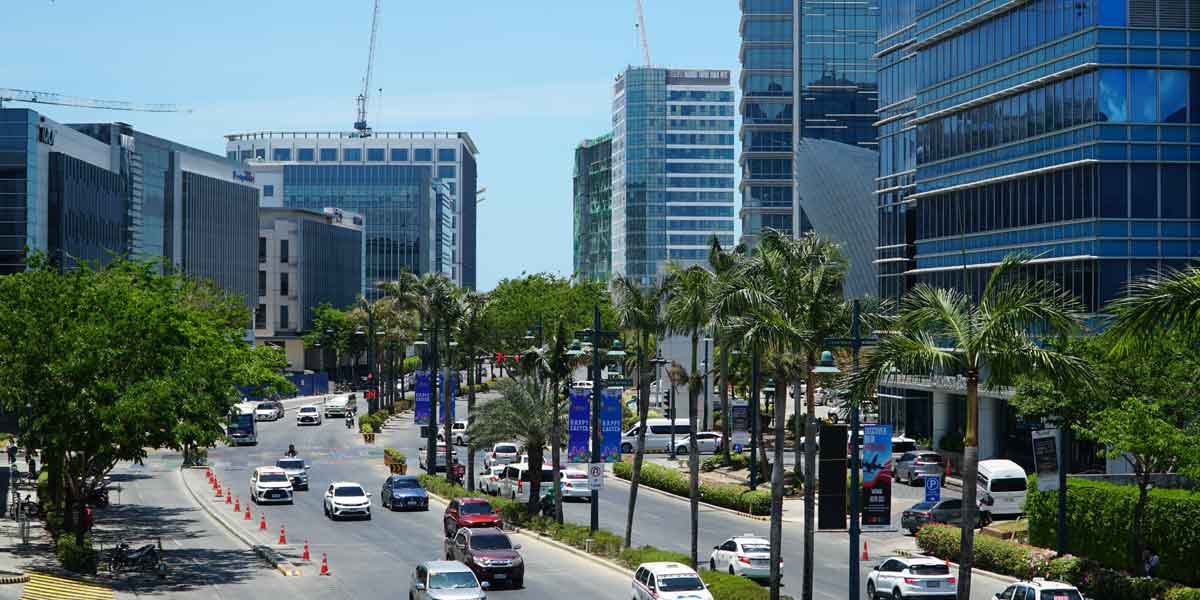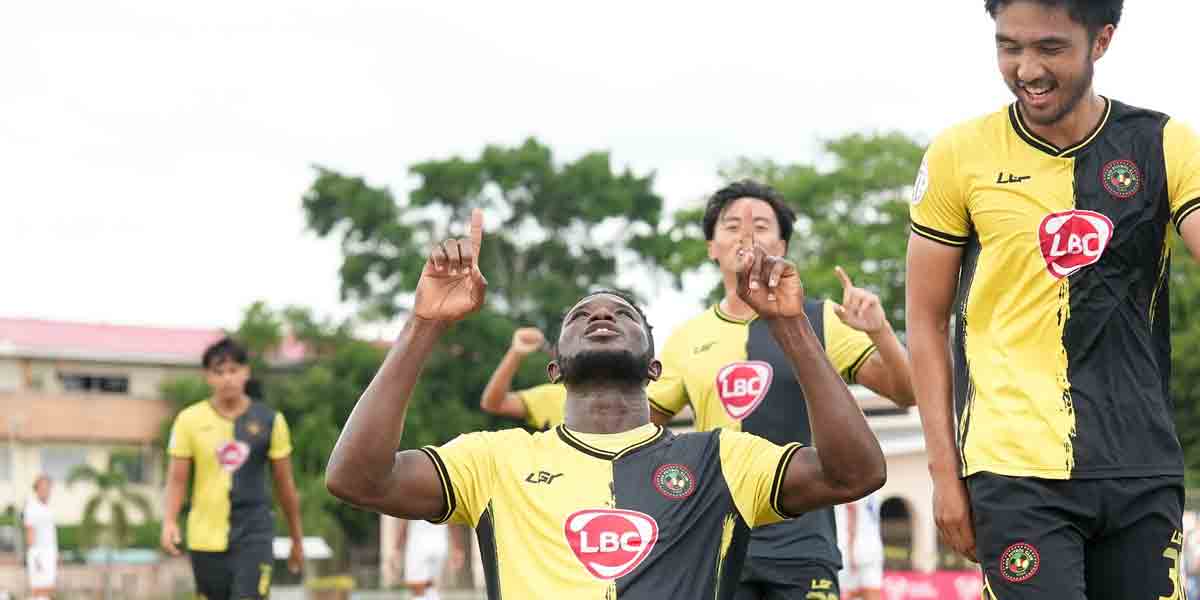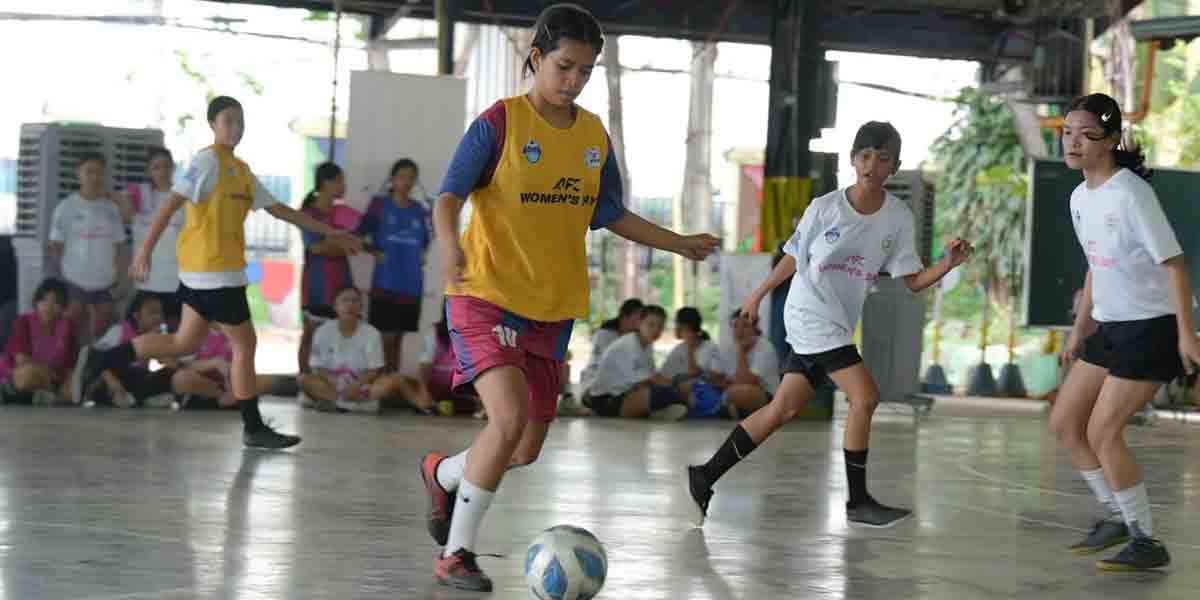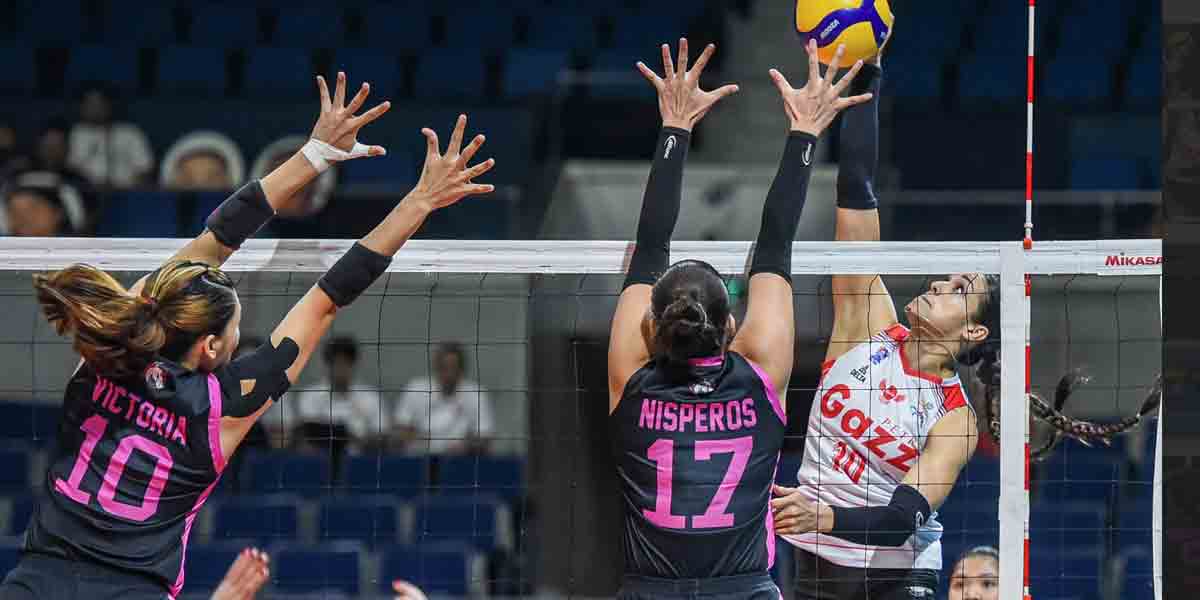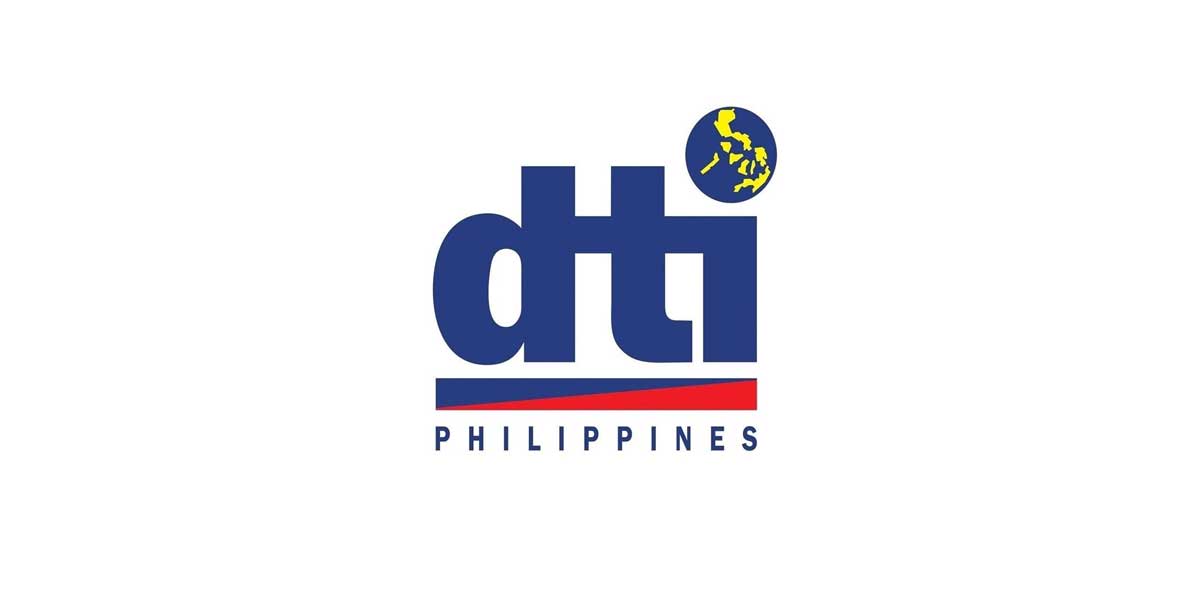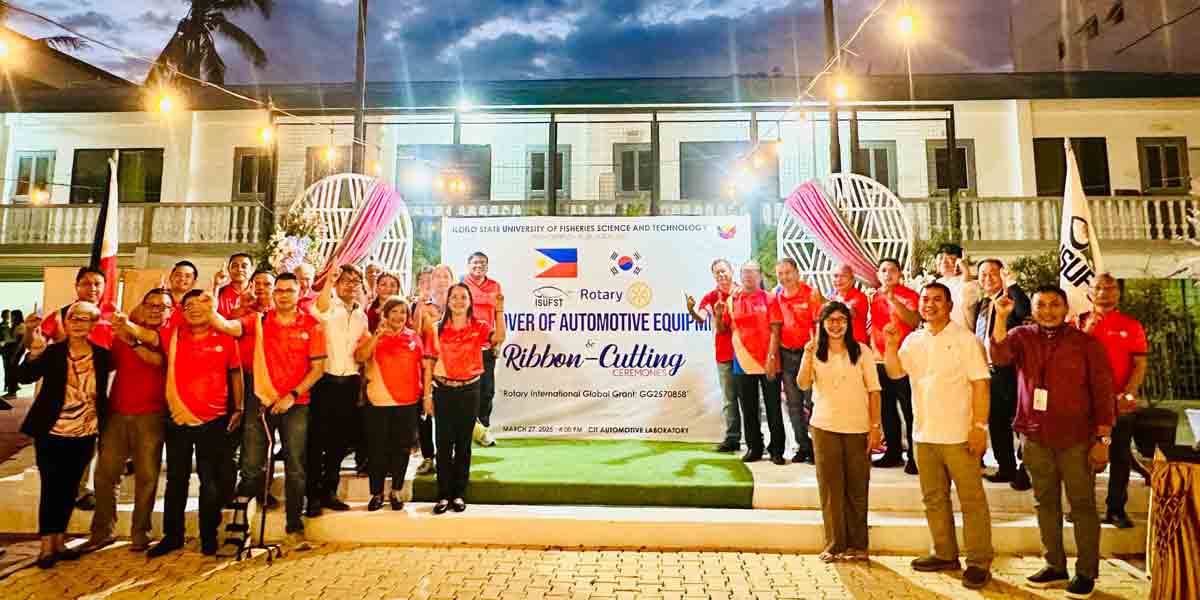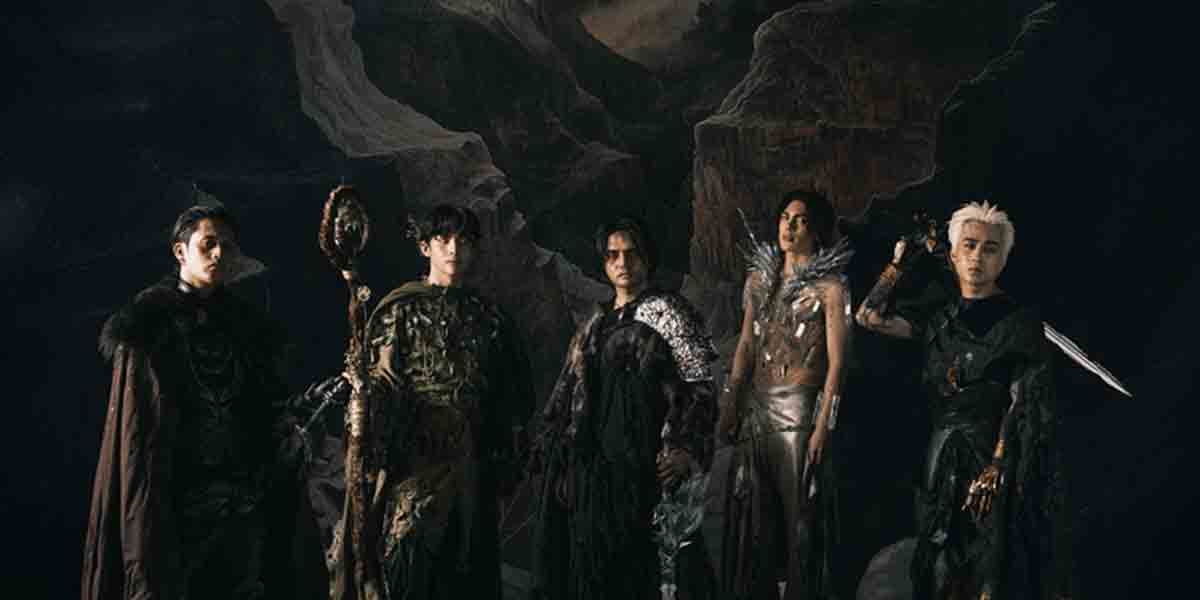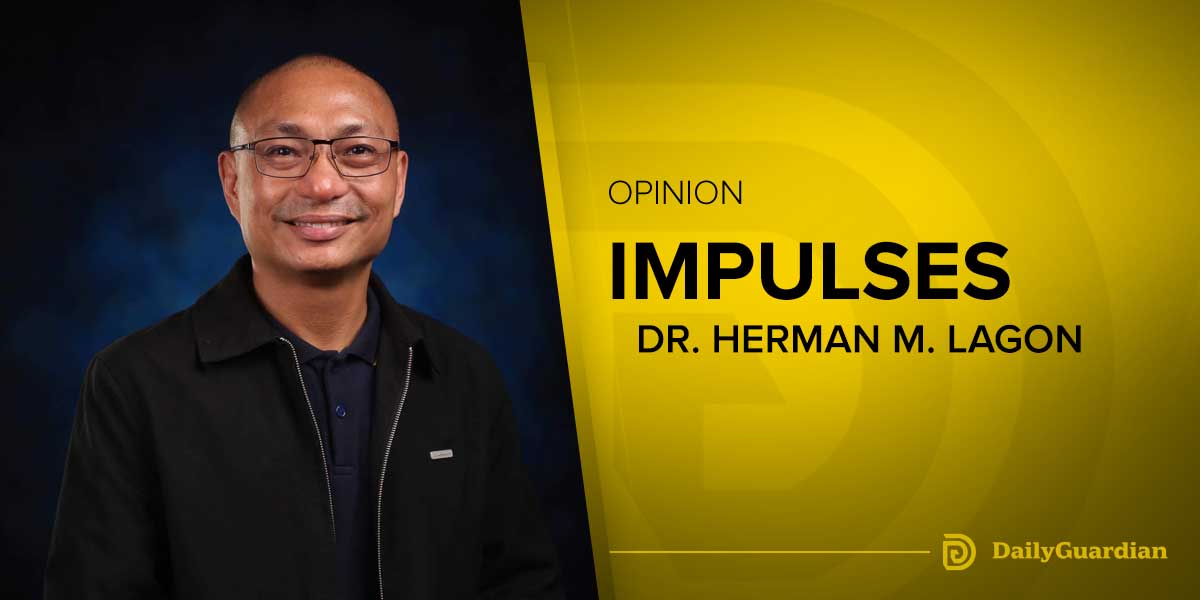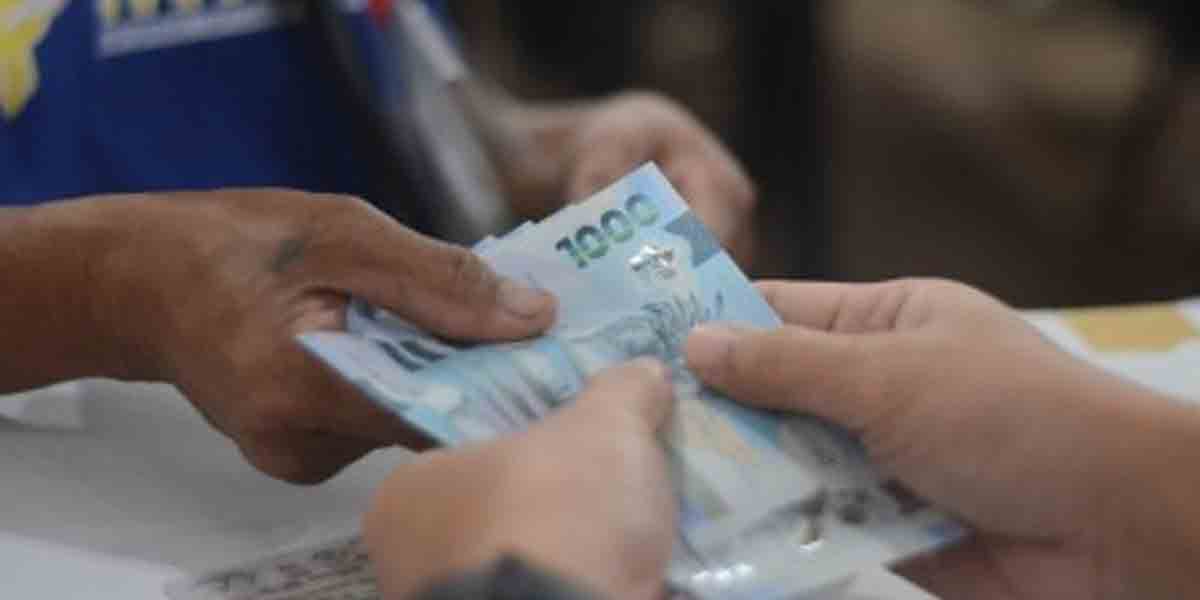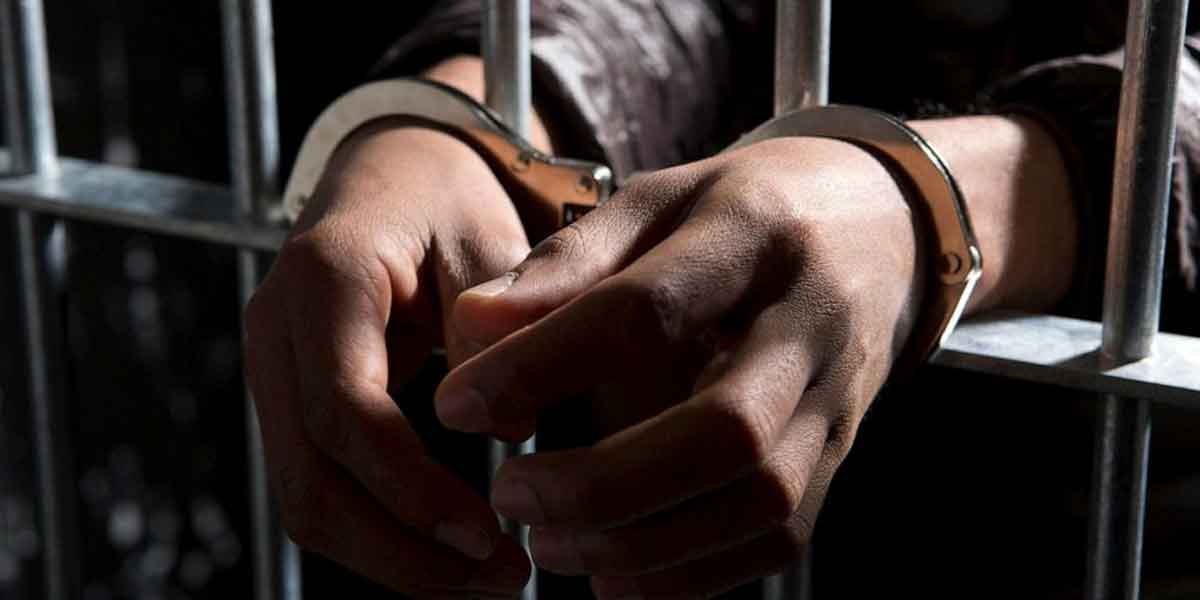By Artchil B. Fernandez
One unintended consequence of the current war between House Duterte and House Marcos is the affirmation of Ninoy Aquino’s heroism. This is totally unexpected.
It is difficult to imagine that Team Kasamaan and Team Kadiliman will strengthen and solidify Ninoy Aquino’s status as a democracy icon. But this is what is happening now as the Dutertes and Marcoses battle over his legacy.
For more than a decade, the two political dynastic families worked hard to destroy Ninoy Aquino’s stature. While allies, they spread fake news, misinformation, and disinformation about him. Their troll factories aggressively spread and promoted false stories, outright lies, and half-truths about Ninoy Aquino in a brazen attempt to erase his memory and dilute his sacrifice.
Today, the Dutertes and the Marcoses are appropriating Ninoy Aquino’s legacy and weaponizing it against each other. This development shows the intensity of the conflict between them and the desperation of both parties. They will do anything—even disown their own lies—to serve their end.
Speaking from The Hague, Sara Duterte in an interview said she fears her father could suffer the fate of Ninoy Aquino if he returns to the country. Her father, she shared, wanted to return to the Philippines. “Your desire to go home, that would be the end of your life. You will become Ninoy Aquino Jr.,” she warned him. “He told me, ‘If that is my fate, so be it, as long as I’m back in the Philippines,’” she added.
The comparison drew sharp rebuttal from Malacañang.
“We never heard former President Duterte compare himself to Ninoy, but rather to Hitler,” Palace Press Officer Claire Castro replied to Sara Duterte. “So, it is very far-fetched to compare former President Duterte to Ninoy Aquino, who had no record of mass murder or crimes against humanity. Former President Duterte himself preferred to compare himself to Hitler,” she further said.
The reference to Ninoy Aquino by both sides is an affirmation of his legacy. This is a tacit admission by the contending parties that Ninoy Aquino did something good for the country. Why would they use him as a benchmark if they think otherwise?
It is naïve to assume that the Dutertes and the Marcoses had a sudden epiphany. They are forced to recognize Ninoy Aquino’s legacy in order to use it as a weapon against the other side. Nevertheless, it inadvertently strengthened and preserved his legacy.
Sara Duterte’s reference to the fate of Ninoy Aquino when he came back to the Philippines is her way of portraying the Marcoses as villains. On August 21, 1983, Ninoy Aquino was assassinated at the airport now bearing his name after returning from a three-year exile in the United States. The Marcoses, Sara Duterte claimed in November last year, were behind the murder of Aquino.
The message of Sara Duterte is simple: if the Marcoses are capable of killing Ninoy Aquino, they can also do the same to her father. Using a historical event as a focal point, she is painting an evil image of the Marcoses. The killing of Ninoy Aquino sparked national outrage that culminated in the 1986 EDSA People Power revolt, which ousted the Marcoses from power.
Malacañang also used Ninoy Aquino’s legacy to demolish Sara Duterte’s allusion or illusion. Ninoy Aquino was no mass murderer, while the father Duterte compared himself to Hitler, the administration retorted. At the height of his war on drugs, Rodrigo Duterte made a controversial remark, drawing on the parallel between Hitler’s murder of millions of Jews and his desire to kill three million drug addicts to solve the drug problem. The remark drew universal condemnation, both local and international.
The counterpoint of the current administration to Sara Duterte is plainly clear: the comparison is far-fetched. Ninoy Aquino is a murder victim, while the Duterte patriarch is a mass murderer. There is no comparison between a victim and a perpetrator.
Highlighting the contrast between Ninoy Aquino and Rodrigo Duterte, the present administration is reinforcing the image of the elder Duterte as a mass murderer. This justifies its surrender of the Duterte patriarch to the International Criminal Court (ICC), where he is facing charges for crimes against humanity. Calling attention to the sharp difference between the two men is the administration’s way of portraying the Dutertes as bad elements of society who deserve to be brought to justice, either at the ICC or at the Senate impeachment court.
By acknowledging that Ninoy Aquino was a victim of murder, the administration implicitly affirms his martyrdom on the tarmac. It also places a spotlight on why he was killed and its significance. The context of Ninoy Aquino’s death is inevitably highlighted. In 1983, the Philippines was under the grip of a brutal and corrupt dictatorship. He returned from exile to fight for the restoration of justice, freedom, and democracy. This aspect of Philippine history, the Marcoses belabored to dilute or downgrade, if not erase outright. Now it is given emphasis.
The ramification of the battle between House Duterte and House Marcos over the symbolic significance of Ninoy Aquino’s sacrifice is crystallizing his stature. Their fanatical supporters, who are fed lies and falsehoods about him, are now forced to junk the fiction and embrace the facts. Both camps are now citing Ninoy Aquino’s martyrdom to discredit each other. Ninoy Aquino was a victim of the Marcoses—the proof of how wicked they are, according to Team Agila. He is the opposite of a mass murderer, counters Team Tigre, and it is sacrilegious to place them on the same level.
It was feared that the victory of UniTeam would result in the degradation of Ninoy Aquino’s stature and the destruction of his legacy. The contrary is happening. Life is indeed unpredictable and full of surprises.



